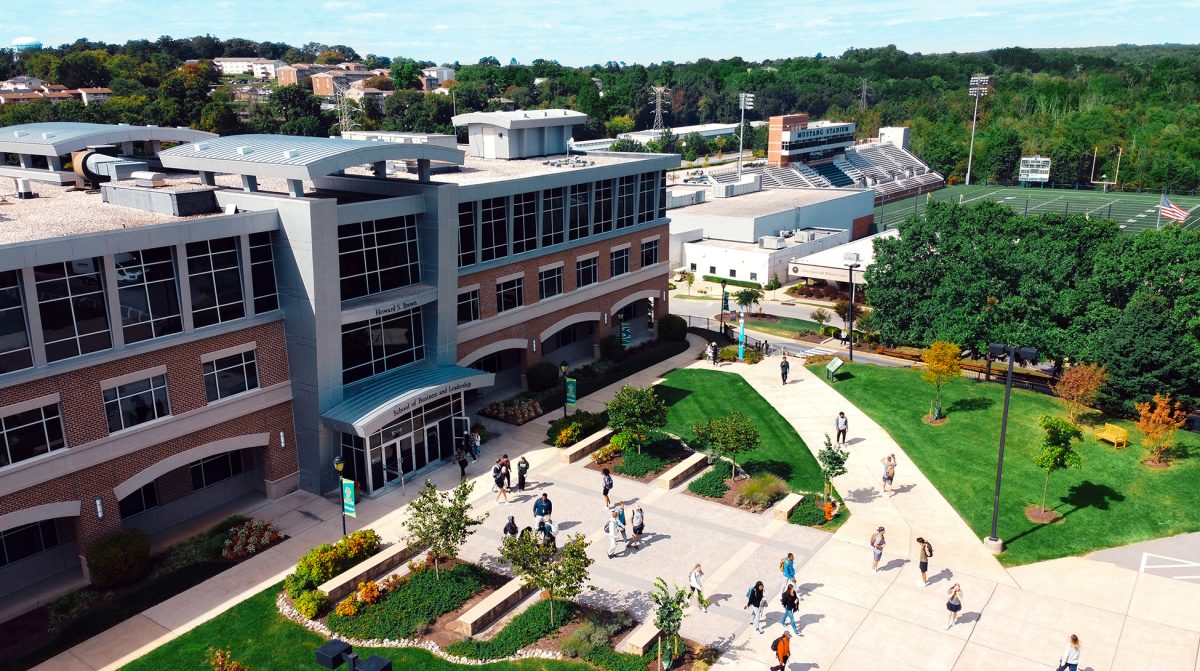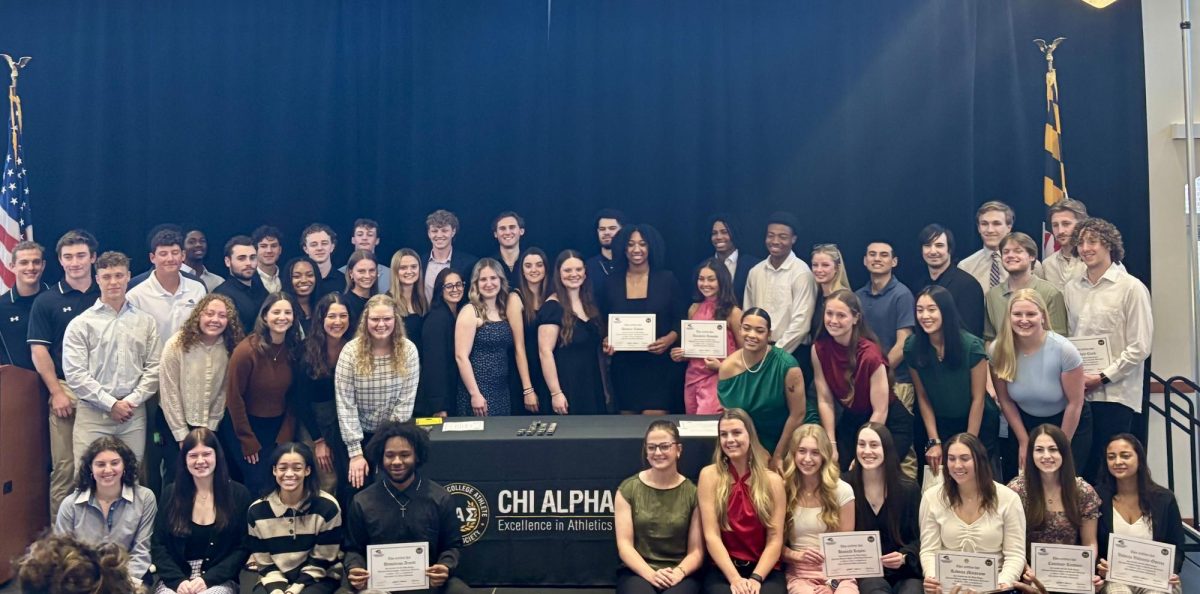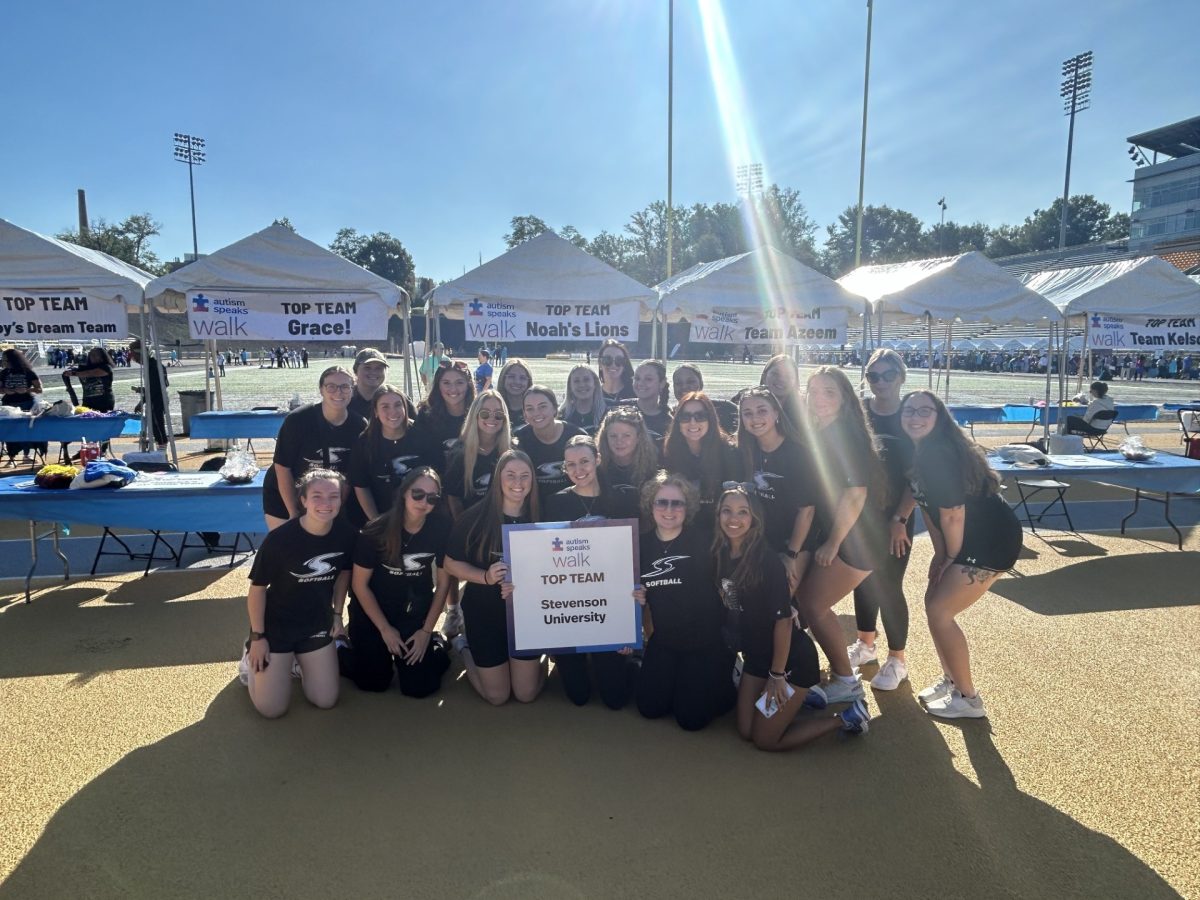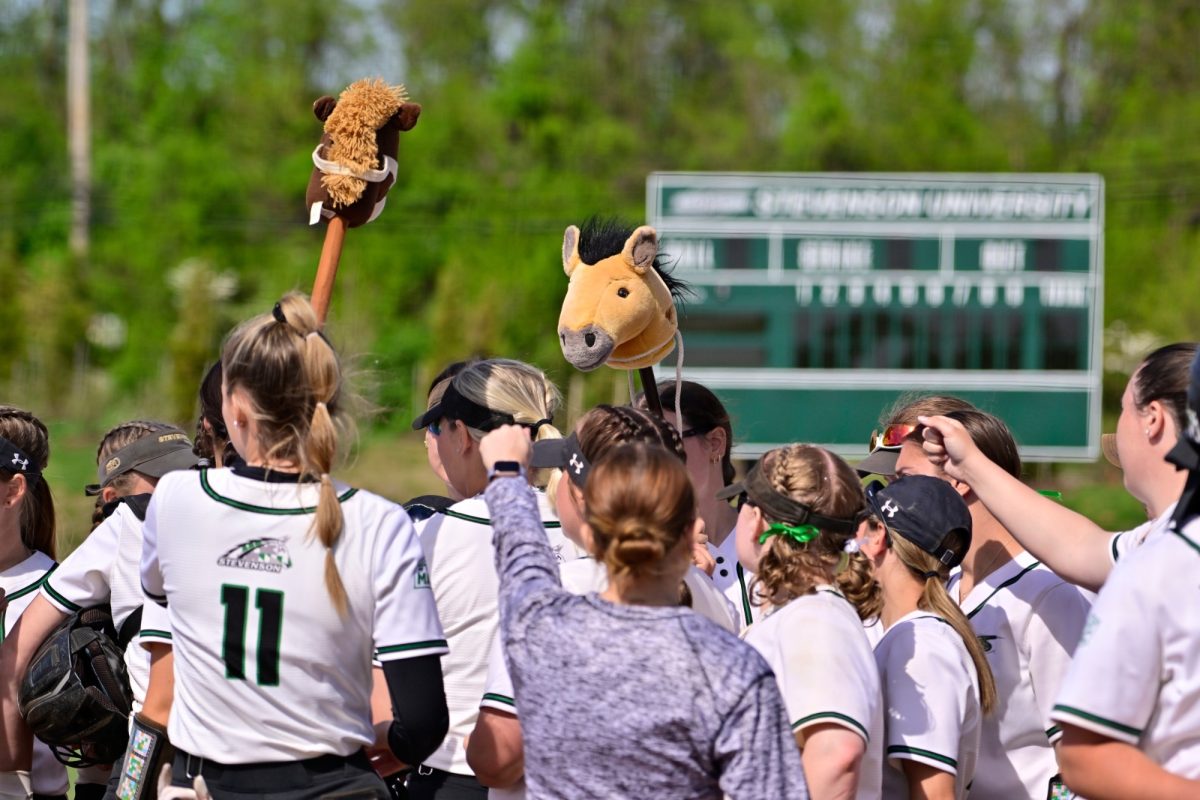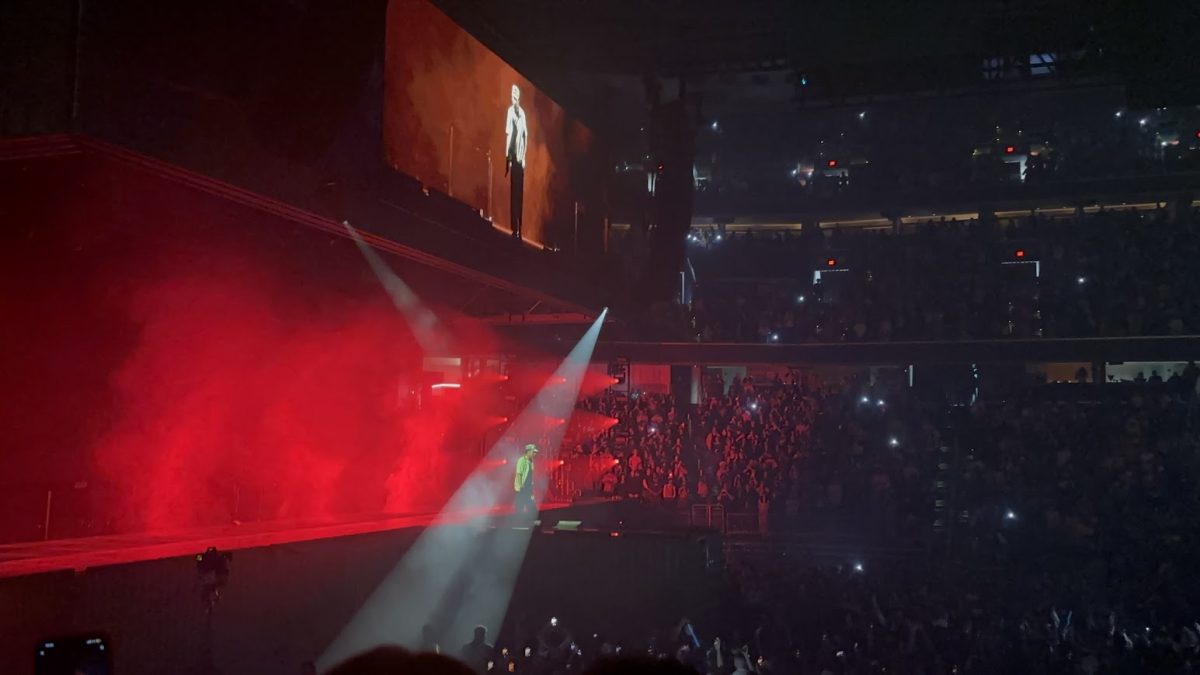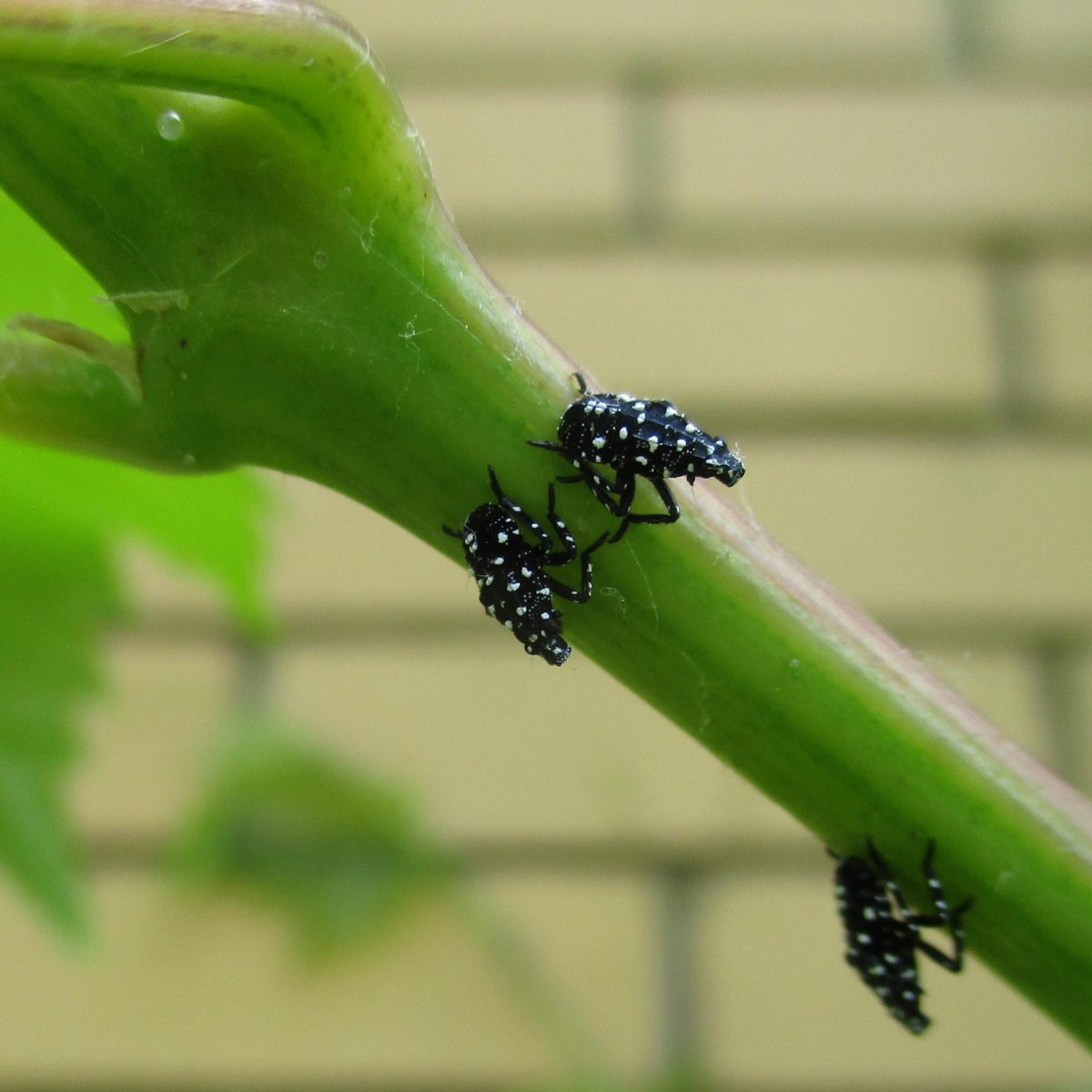Spotted lanternflies have been identified all over Maryland, and they are especially noticeable at Stevenson. The infestation poses a potential threat and annoyance to the environment surrounding Stevenson’s campus.
At Stevenson, the Center for Environmental Stewardship club is attempting to educate the Stevenson community about the spotted lanternflies.
Dr. Joseph Matanoski is the head of the CES and an associate professor of biology at Stevenson.
“The spotted lanternfly is known to weaken trees and make them susceptible to infection from bacteria and fungi that might cause their mortality. That is the concern of their rapid expansion in this area,” Matanoski wrote in an email.
Stephen Malan is an adjunct biology professor with a degree in entomology. Malan has 36 years of experience working for the Maryland Department of Agriculture in the Plant Protection section.
“The spotted lanternfly feeds on sap from trees. When these insects feed, they excrete a sugary substance called honeydew,” Malan said.
According to the University of Maryland, honeydew attracts other pests and promotes the growth of sooty mold. The production of honeydew and the subsequent effects may reduce plant health.
“It’s not economical to spray all the adults… just spraying the air,” Malan said. “Scrape off the egg masses in winter… get rid of them in their dormant stage.”
Malan said it is good practice to scrape the egg masses off into a jar with soapy water to kill the eggs. He emphasized the importance of waiting for further research and observations.
“We have no idea whether insecticides are effective… it’s a guessing game,” he said.
Matanoski and CES are monitoring the reports of spotted lanternflies using the app iNaturalist.
“If we see an increase in the reported sightings, more significant action may be appropriate,” Matanoski wrote.
Sophomore environmental science major Lauren Sober and double environmental science and biology major Anita King are the CES student coordinators who held a spotted lanternfly awareness popup table in the North campus lobby. The goal of this popup was to further awareness of the spotted lanternflies.
King thought the popup was successful.
“Many students had seen the [spotted lanternflies] but didn’t know much else… it’s been rewarding to see people outside of the environmental science program taking part,” King wrote in an email.
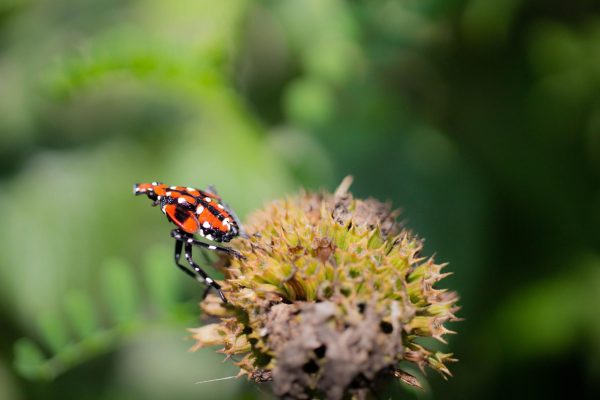
Sober and King warned students and faculty to use caution when traveling.
“If you go back home for the breaks, do your best to check your car for spotted lanternflies,” Sober said. If the spotted lanternflies are carried via vehicles to different states or regions, it could spread the infestation.
Matanoski said he hoped that “students and faculty kill spotted lanternflies and report their occurrence using iNaturalist.”
Environmental science major Josh Brown is writing a literature review on spotted lanternflies this fall semester.
“They’re awful, disgusting, rapidly reproducing menaces,” Brown said. “I feel like it should be made a big deal, it should be a school-wide effort.”
The spotted lanternfly is an invasive species that originated from China. Its first appearance in the U.S. was in 2014 in Pennsylvania. They were first discovered in Maryland in 2018.
In China the spotted lanternfly is regulated by natural predators, Malan says. Here in Maryland, there are no predators, parasites, or diseases that threaten the spotted lanternflies.
According to the US Department of Agriculture, the spotted lanternflies feed on a variety of crops and plants, including grapevines, apples, hops, and walnut trees. The spotted lanternflies’ preferred food is the invasive tree of heaven.
What can students do?
Kill the spotted lanternflies if possible, and report sightings of them through iNaturalist or the MDA.
During winter, remove egg masses by crushing the eggs or scraping the eggs into a jar with soapy water or rubbing alcohol.
Use caution to ensure spotted lanternflies or egg masses are not on vehicles or supplies that may travel, such as lawn furniture or portable grills.
The MDA encourages anyone in an infested area to utilize this checklist, inspect the items on this list for any spotted lanternfly life, and properly dispose of the lanternflies. This will help prevent the spread of spotted lanternflies to new areas.
Dr. Matanoski encouraged students to stay informed about the environment and the threats it faces.
Matanoski wrote: “If we learn about our environment, we learn to cherish and protect it!”

